Research Projects
NSERC Undergraduate Student Research Awards (USRA) at Carleton University, Summer
Dr. Ye is currently looking for motivating USRA students to work on silicon photonics and related research projects.
Students who are Canadian citizens or permanent residents, are currently in their 3rd or 4th years of an honours physics or engineering program (with strong
electromagnetics/optics/photonics background), and who have a cumulative average of at least B+ are eligible to apply. The deadline for application is usually in February.
Details of the eligibility and application procedure for the competition can be found here. This year the internal deadline for the Faculty of Engineering and Design is 4:00pm on Tuesday, February 20, 2024.
For further information, please contact me by email.
FOURTH YEAR PROJECT:
Details can be found HERE.
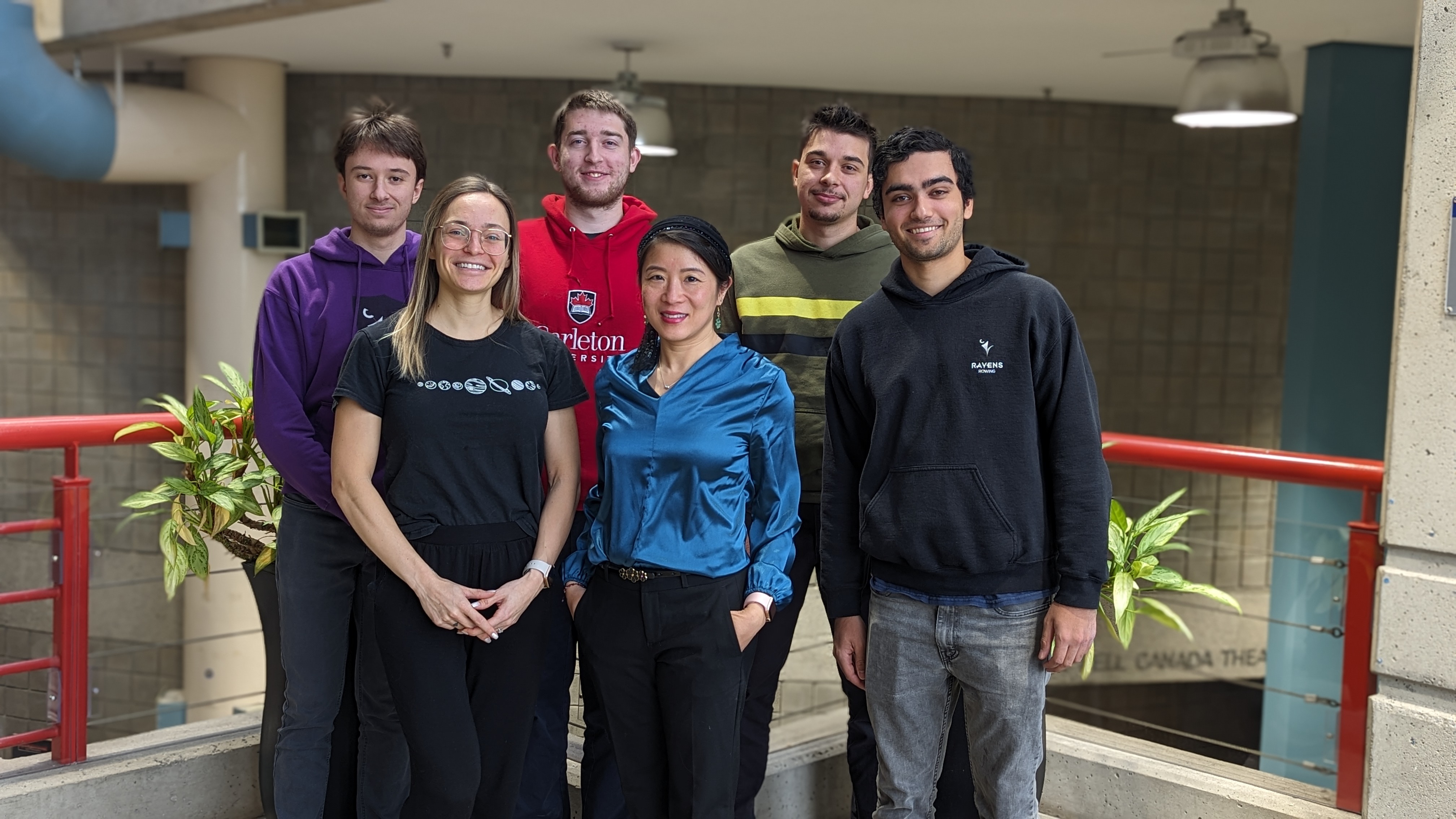
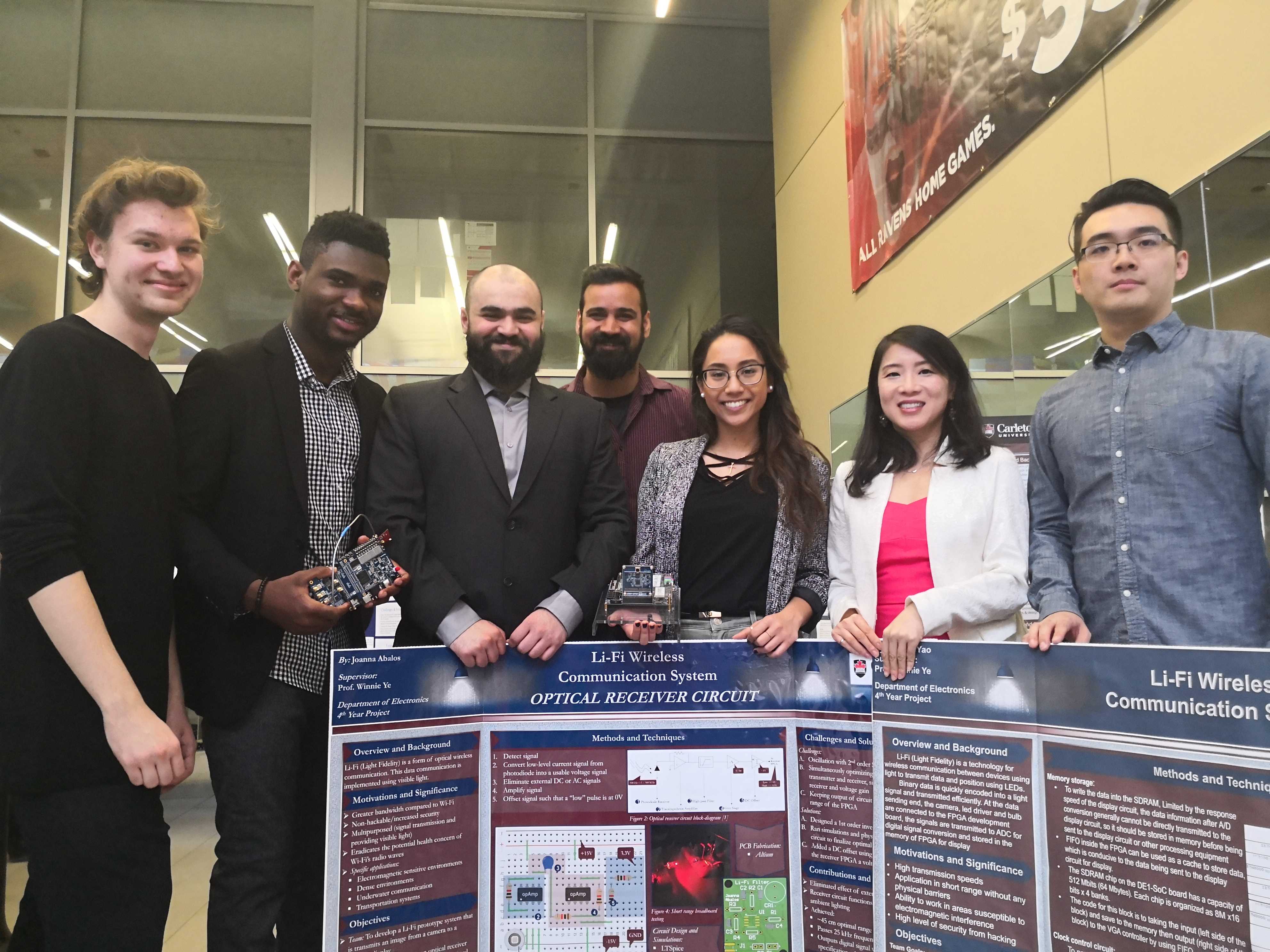
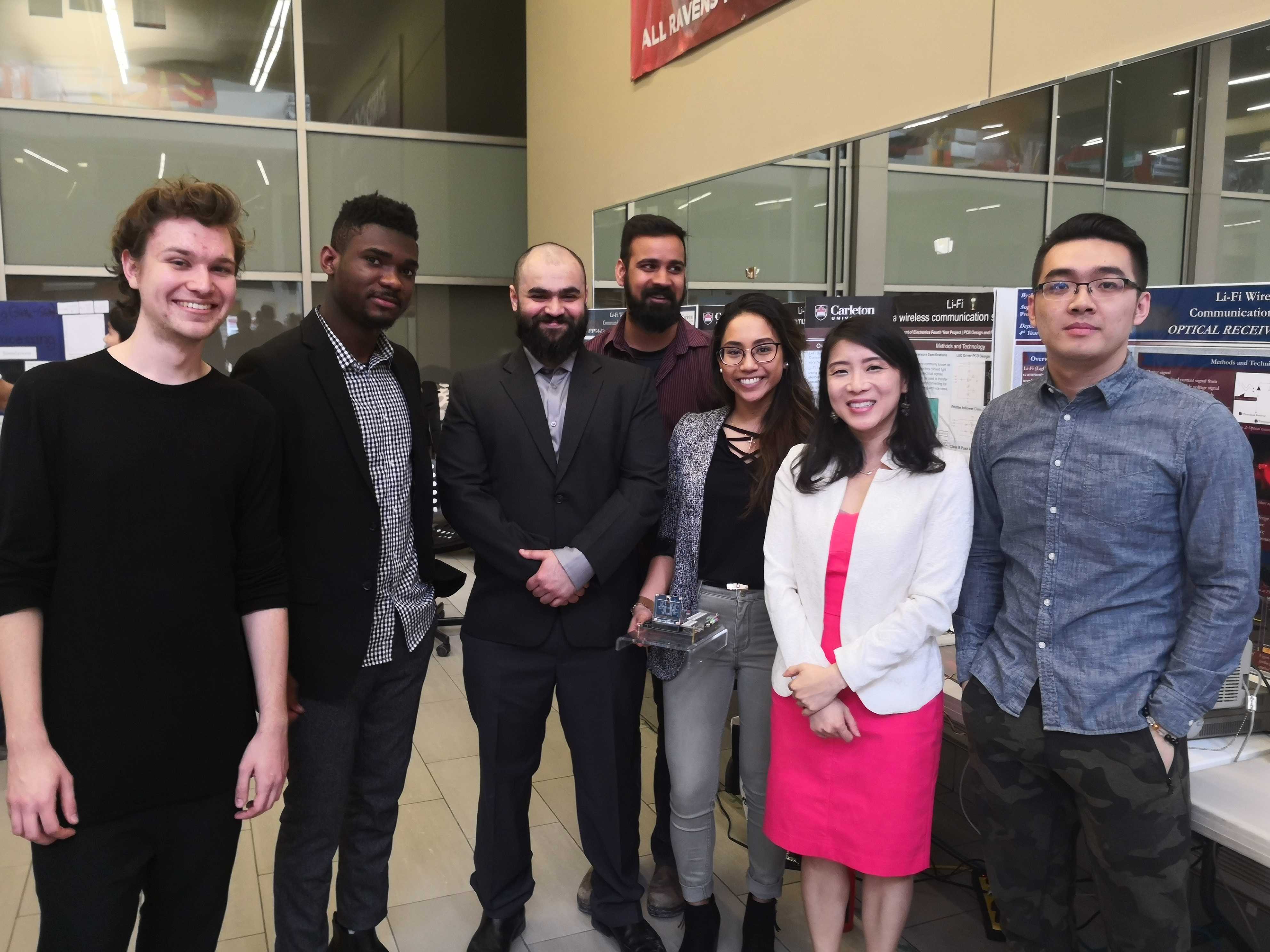
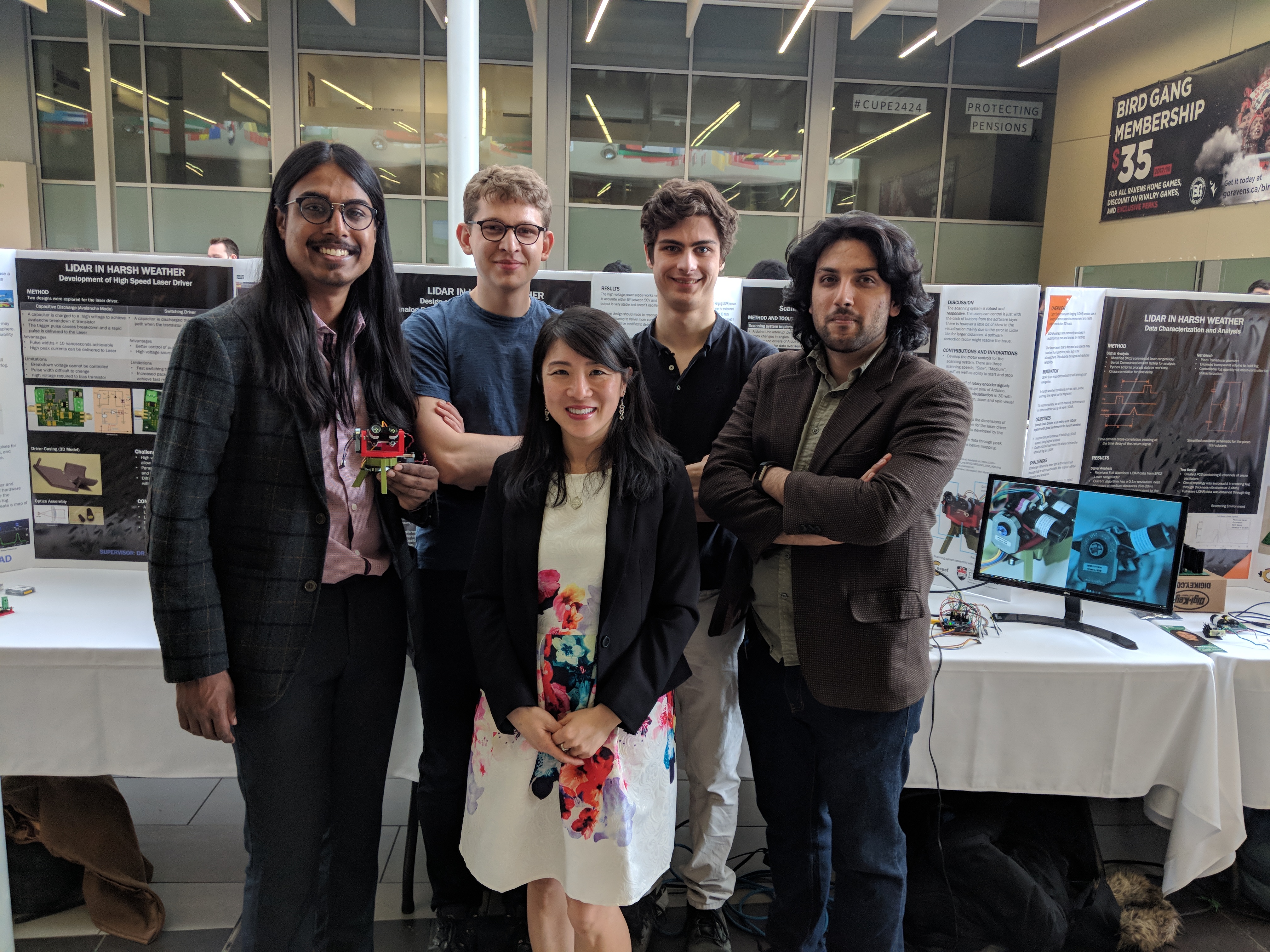
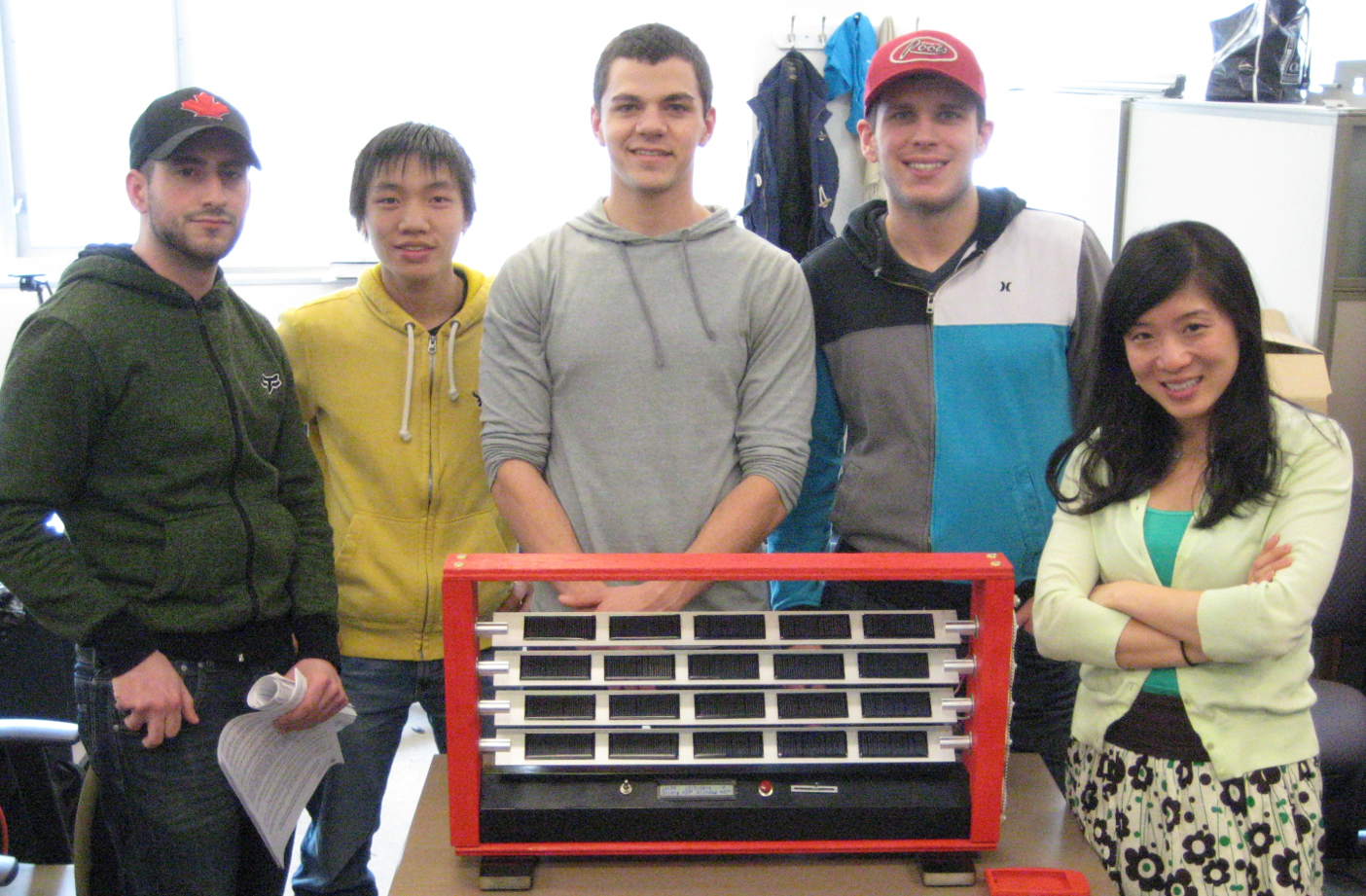
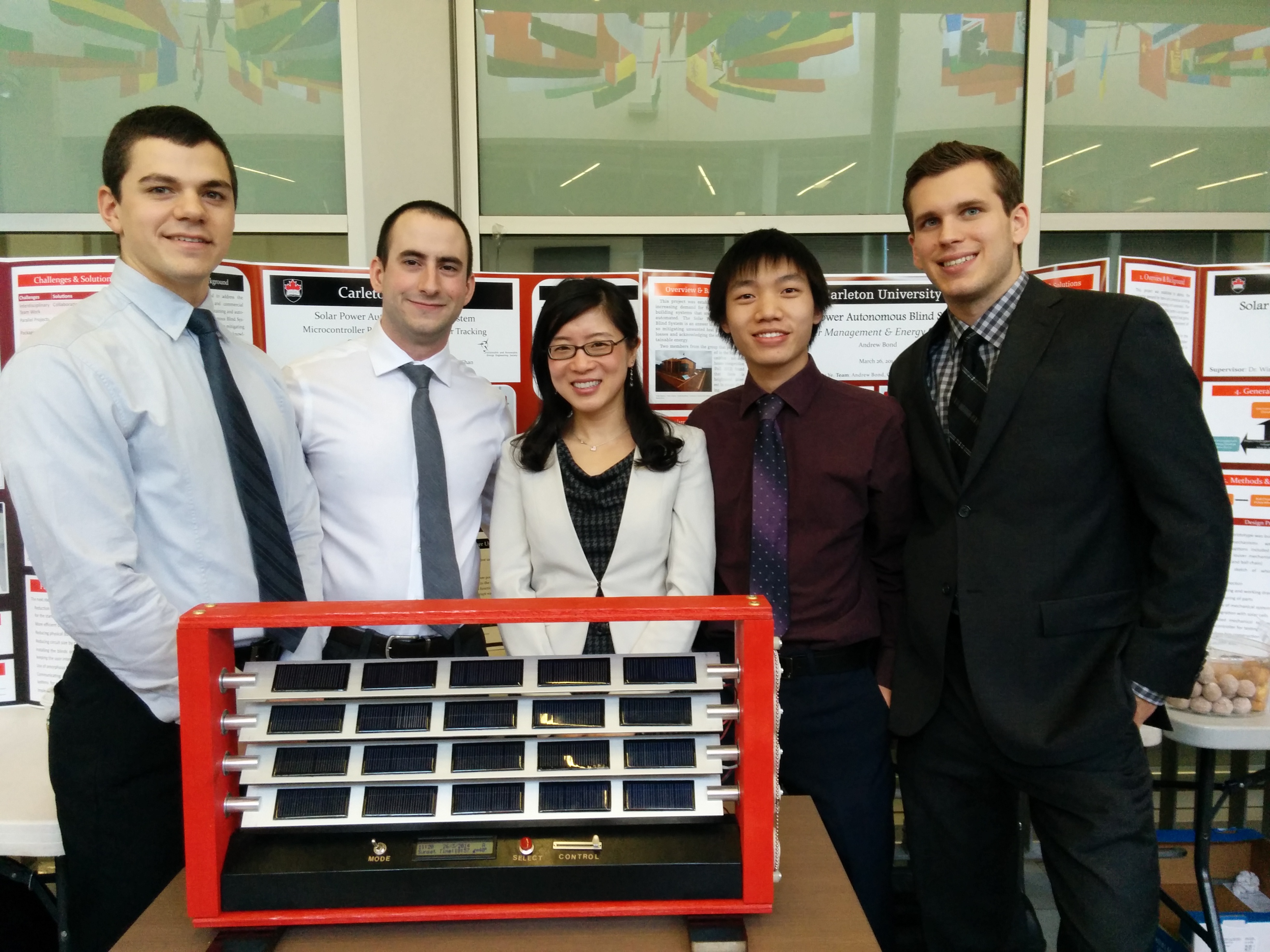
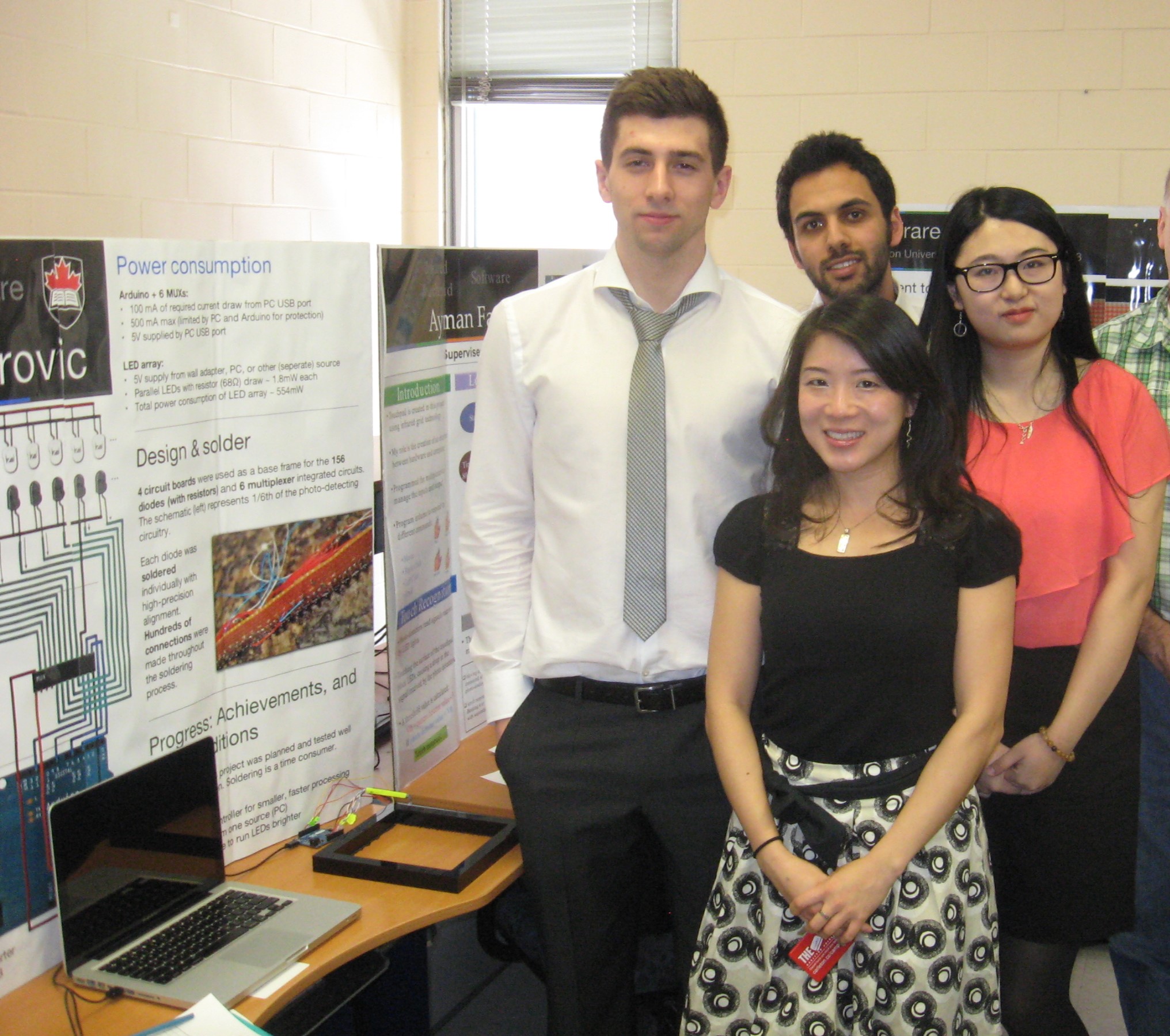
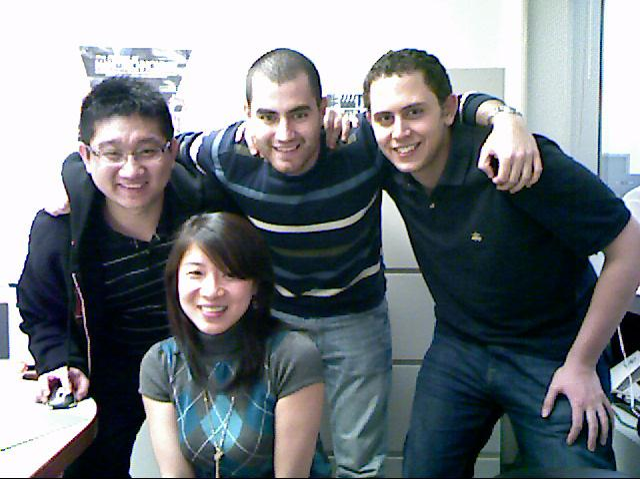
SOLID-STATE LiDAR
LIDAR has been demonstrated for it's powerful capability in generating high resolution maps for autonomous cars and airborne surveying. This topic involves the use of silicon photonics to create compact and efficent beam steering for LiDAR.
MULTIMODE DIVISION MULTIPLEXING (MDM) SYSTEMS
The MDM systems are complementary to WDM systems where only one laser source is required to supply multiple signal channels. Novel devices for providing multiplexing and demultiplexing will be designed. In addition, the coupling mechanism between the multimode fiber core to the multimode waveguides will be investigated. New mechanisms will be proposed, simulated, and experimentally demonstrated. All designs should have relaxed fabrication tolerances and will be experimentally demonstrated.
STRESS ENGINEERING
Stress engineering in silicon has applications in telecommuncation and bio-sending. Dr. Ye's group has an extensive experience in using stress for polarization splitting/rotating applications and creating linear electro-optic effects in silicon modulators. This project will include the experimental verification of the numerical model the group developed over the years. The goal of this research is to investigate the experimental tuning of the stress effects in silicon. Stress-induced optical effects on silicon based optical waveguides and waveguide-based devices will be studied. The applicatoins of this strand of research include polarization rotation and splitting, polarization switching, optical switching, and optical modulation.
SUBWAVELENGTH GRATINGS (SWGs)
Subwavelength gratings (SWGs) are comprised of small silicon segments (with a width on the order of 500 nm or less) with grating periods that are smaller than a half of the operating wavelength. Light propagating through these tiny segments will not "see" the gratings. The period of the grating will engineer the effective index of the waveguide, introducing a degree of freedom for the waveguide design. The research project will involve different applications of the sWGs to telecommunication and biosensing.
POLARIZATION ROTATORS AND SPLITTERS
Polarization rotators and splitters (PSRs) are essential building blocks of polarization diversity technology. Our research group has been working on novel configurations of PSRs over last few years. Please check our publication list for our findings. We are looking for new structures and mechanisms for polarization rotation and splitting. The projects will involve the simulation, design, fabrication, and testing of the prototype devices.
OPTICAL SWITCHING ON SOI
We are working on optical switching on SOI platform. Multimode waveguides and nonlinear effects have been explored extensively. The projects will involve the simulation, design, fabrication, and testing of the prototype devices.
LOW LOSS SILICON WAVEGUIDES
This research project involves fabrication of low loss amorphous silicon for waveguide-based devices. Interested students will gain valuable experience in fabrication processing for semiconductor devices. The on-going research has focused on the fabrication of straight and bent photonic wires using the LOCal Oxidation of Silicon (LOCOS) process. Project collaborators include Professor Garry Tarr and Harvard University's Center for Nanoscale Systems (CNS)
NANO-SIZED OPTOELECTRONIC BIOSENSORS
The search for novel vaccines or drug candidates almost always begins with screening mixtures of organic compounds for specific biological activity. Nano-sized optical sensor technology is required for low cost, highly effective detection of the presence of tiny amounts of particular complex organic chemicals. Although there has been much progress on biochemical sensing systems with photonic devices, the existing systems are far from practical in terms of reliability, performance and cost. The research involves innovative design of opto-electronic biosensors. Device configurations include vertically-coupled double-ring resonators (DRRs) and subwavelength grating structures (SWGs). Simulations of both electronic and photonic devices will be performed. Students will also fabricate these devices. The final step will involve device characterization. Project collaborators are Harvard University's Center for Nanoscale Systems (CNS) for optical mask preparation, and National Research Council Canada (NRC) for the SWG structures.
PLASMONIC-ENHANCED SILICON-BASED SOLAR CELLS
Photovoltaics (PV) directly converts sunlight to electricity using semiconductor devices, providing one of the most promising prospects for clean energy for the future. This research project will involve the design of a high efficiency silicon based solar cells. Students will be responsible in designing an innovative approach for efficient light trapping. Successful design will be fabricated and tested. A strong background in semiconductor physics is required.
RELIABLE OPTO-ELECTRONIC DEVICES:
Continuously increasing CMOS integration density is enabling greater functional complexity and speed than ever before. Now, as silicon electronics begins to merge with photonics and advanced material technologies, innovative systems-on-chip (SOCs) are being explored for fascinating new biomedical and environmental applications. However, the high-speed electronics on the CMOS chips run at very high and non-uniform temperatures, compromising reliability. This research project seeks solutions to the thermal reliability/operational limits of modern opto-electronic ICs.
The theoretical and experimental work of similar device was done at MIT (see W. N. Ye et al., IEEE Photon. Technol. Lett., 20 (11), pp. 882-884, 2008; V. Raghunathan et al., Opt. Exp., 18 (17), pp.17631-17639, 2010.). Professor L. C. Kimerling from MIT is interested in continuing our collaboration on this project. Qualified students will be working with me and possibly with Professor Kimerling.
PRENATAL PHOTONIC BIOSENSORS
The application of biophotonics to the biomedical field is still in its infant stage. In this research project, we are interested in applying the photonics technology to the prental healthcare. The biomarkers involved are mostly found in amniotic fluid and parental/fetal blood. Most photonics detection and spectroscopy methods for these biomarkers are developed for in vitro studies. We are interested in extending this fascinating field into in vivo real-time measurements. A suitable student should have a strong background in biomedicine or biochemistry, with excellent engineering knowledge. Preferred students should also have taken some basic optics or optical engineering courses.
BIOPHOTONIC GLUCOSE MONITOR
The purpose of this research is to build a device to non-invasively measure blood glucose levels. Infrared light will be used to determine blood glucose levels through the skin, using the unique optical response of blood or other bodily fluids: tears, saliva, or urine. The optical properties of blood glucose, or glucose in tears, saliva or urine will be researched in the beginning of the study to determine the best method to measure glucose levels in the body. From the preliminary literature, it has been found that optical properties of skin depend on structural properties and chemical composition of the skin, which varies with time and location on the body. The increase of glucose concentrations decreases the scattering coefficient in tissues. Two techniques have been presented in the literature: optical coherence tomography (OCT) and near-infrared spectroscopy (NIR). If blood glucose is to be measured through the skin, another aspect to look for is the location of the non-invasive measurement. During the research period, each technique will be evaluated in terms of its accuracy value and cost to build. The best technique will be used to build a biophotonics device that will measure blood glucose levels through various bodily fluids, including blood (through the skin), tears, saliva and urine. The device will be tested against glucose meters that have been FDA approved, both non-invasive and invasive (using blood drawn from a finger prick).
BIOPHOTONIC SYSTEM FOR PHOTODYNAMIC TREATMENT OF BIOFILM INFECTIONS:
Over half of the hospital-acquired infections are ``biofilm infections'', which are associated with implants. A biofilm is frequently developed to surround an implanted device and act as a protective shield from host immune defenses and antibiotic medications. As a result, the biofilm is likely to lead to chronic and life threatening infections. The fatality from these infections ranges from 5% to 60%. It is necessary to develop an effective solution for solving the problem of biofilms such that implanted medical device-associated infections can be effectively prevented or are at least treatable in an efficient and acceptable manner without surgery.
This project is to design, fabricate and test an integrated biophotonic system for photodynamic treatment of implanted device associated biofilm infections. The efficacy of the device will be tested in clinical trials, conducted by the physicians and scientists at the Ottawa Heart Institute. The main collaborator of the project is Dr. Tofy Mussivand from the Ottawa Heart Institute.

